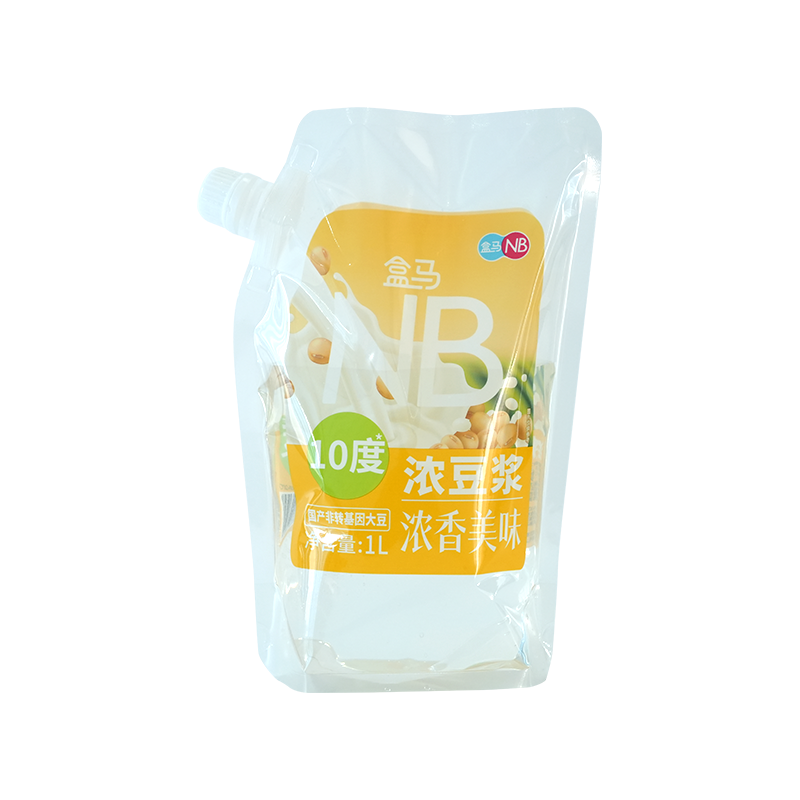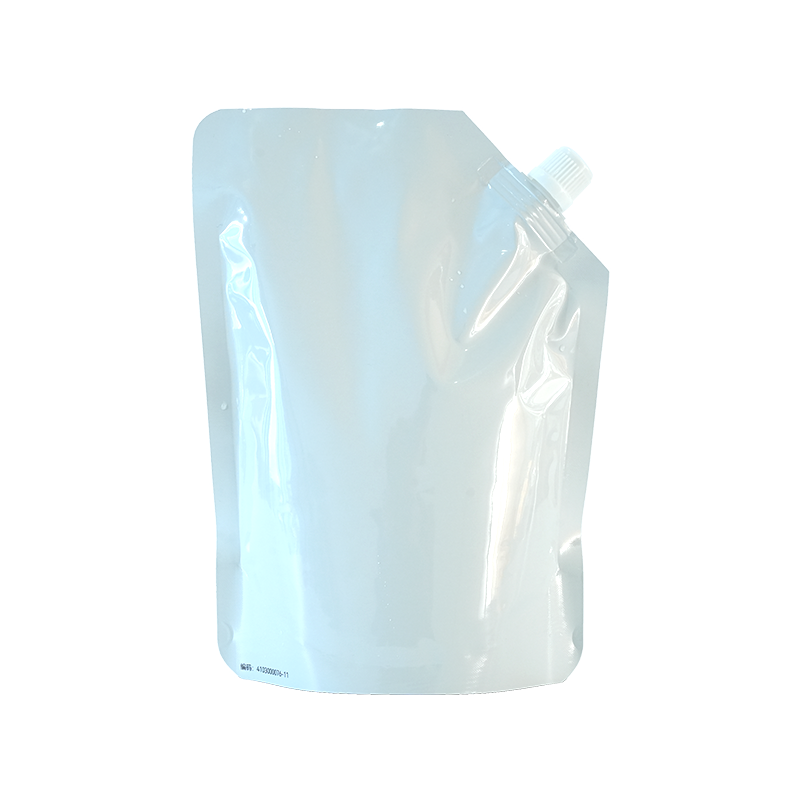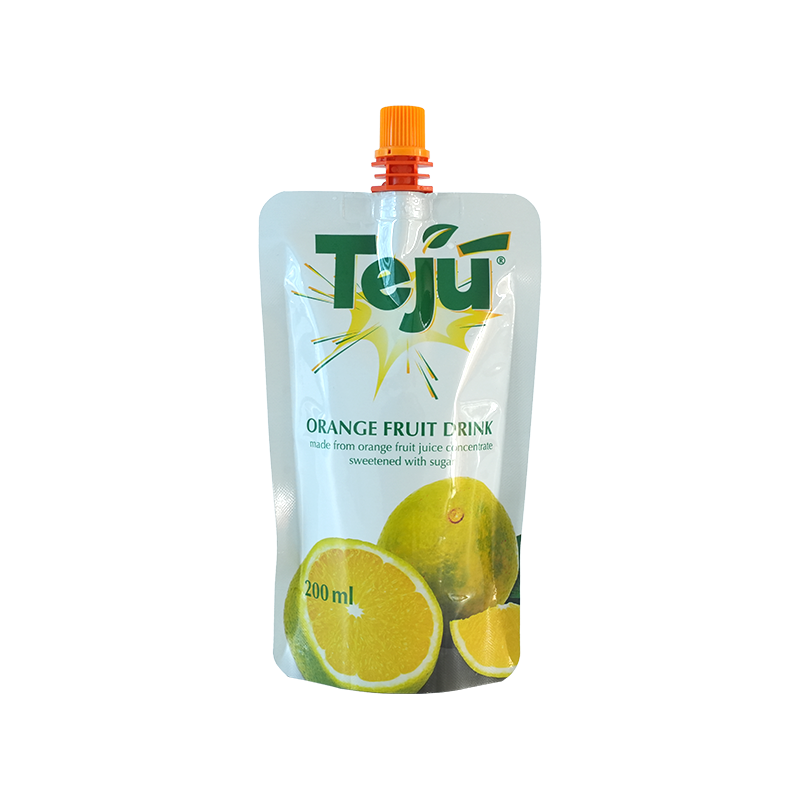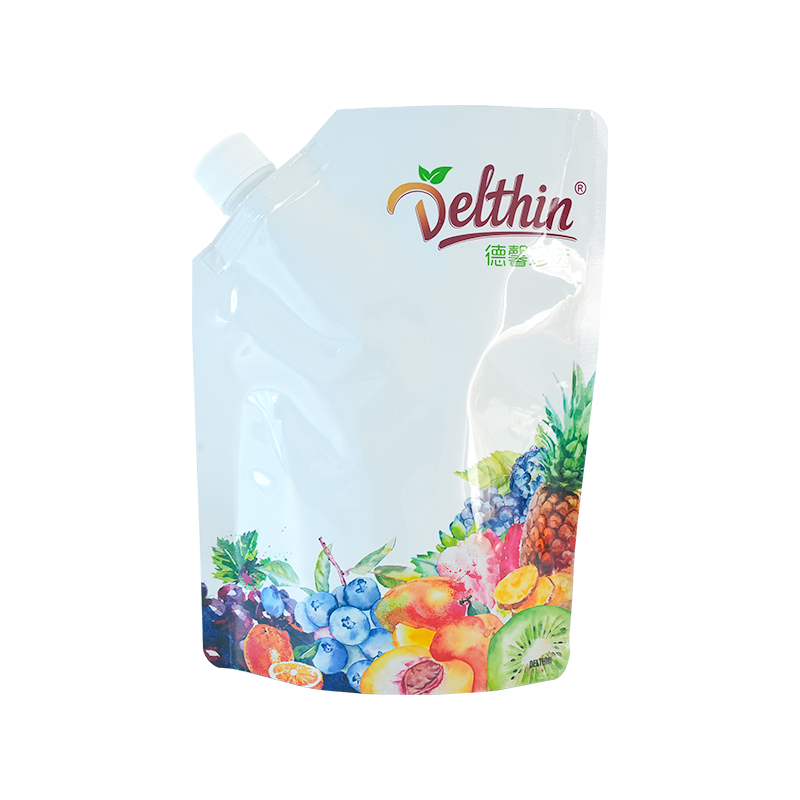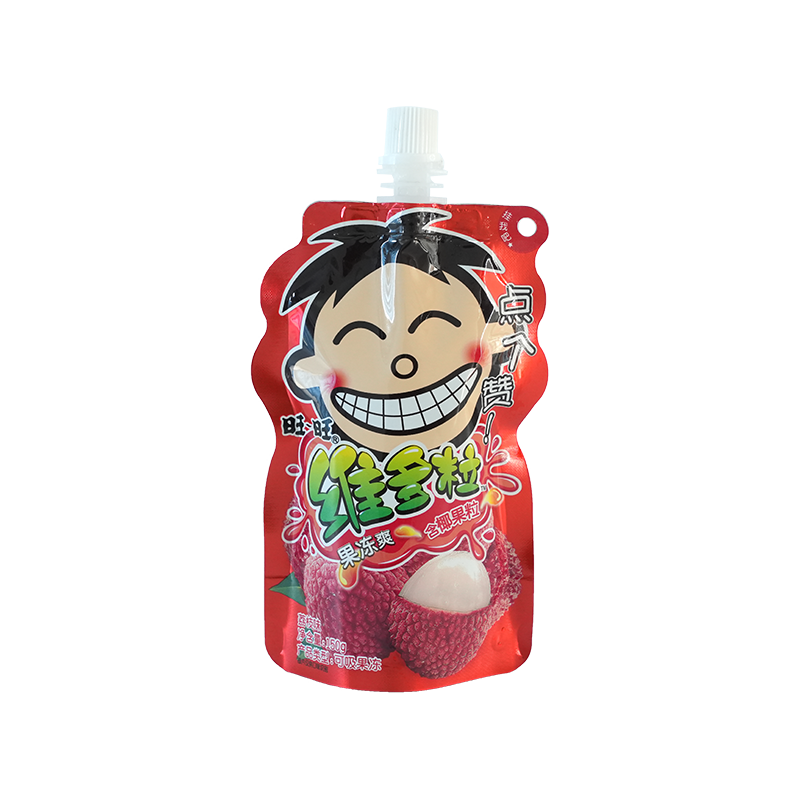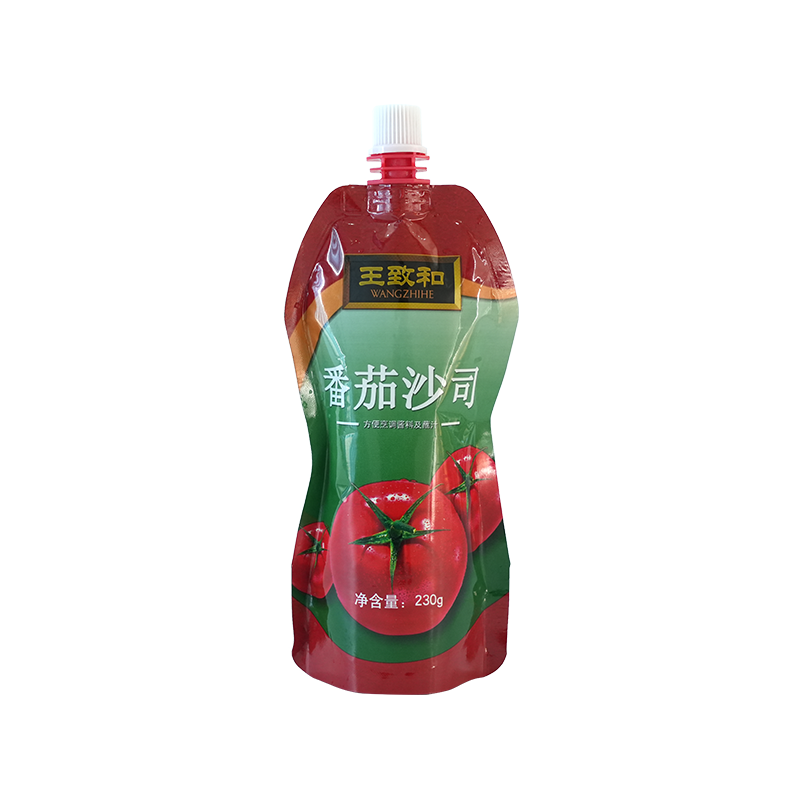In the field of food packaging, composite packaging roll film has become the core carrier for ensuring the quality of various foods with its highly customized structural design. Taking potato chips, which are fragile and extremely sensitive to oxygen and moisture, as an example, the packaging roll film with a three-layer composite structure of PET/AL/PE builds a comprehensive protection system through the synergy of each layer of materials, accurately responding to the quality challenges of potato chips during storage, transportation and sales.
The polyester (PET) material used for the outer layer gives the potato chip packaging a stable form with its excellent mechanical properties and stiffness. In the production, transportation and shelf display, the PET outer layer can effectively resist external extrusion and collision, prevent the packaging from being deformed or damaged due to external forces, and thus protect the fragile potato chips inside. At the same time, PET has excellent printing adaptability and can achieve high-definition and colorful pattern printing. It can not only clearly display product information, but also attract consumers' attention with exquisite appearance design, and enhance the market competitiveness of products. From material properties to actual application effects, the PET outer layer plays a key role in maintaining the stability of the packaging structure and enhancing visual appeal.
The aluminum foil (AL) in the middle layer can be called the "golden barrier" of barrier performance. Aluminum foil has extremely low oxygen permeability and water vapor permeability, and can almost completely isolate oxygen, moisture and light. For foods with high fat content such as potato chips, the intrusion of oxygen will accelerate the oxidation of fat, causing the potato chips to have a rancid taste; the infiltration of water will make the potato chips damp and soft, losing their crisp taste; and light exposure will trigger photooxidation reactions, which also affect product quality. The aluminum foil middle layer is like a solid shield, cutting off the intrusion path of these adverse factors, effectively delaying the oxidation and deterioration of potato chips, and sealing their fresh taste and flavor for a long time, significantly extending the shelf life and shelf life of the product, ensuring that consumers can enjoy delicious potato chips at any time.
The polyethylene (PE) in the inner layer has become the "guardian" of sealed packaging with its good heat sealing performance. During the packaging production process, through specific temperature and pressure conditions, the PE inner layer can be tightly integrated with itself or other materials to form a firm and reliable sealing structure, preventing the entry of external substances such as air and moisture, and preventing the quality of potato chips from deteriorating due to poor sealing during storage. In addition, the PE material has stable chemical properties, is non-toxic and tasteless, meets food contact safety standards, and can be directly in contact with potato chips. While ensuring the sealing effect, it provides a solid guarantee for food safety, allowing consumers to eat with peace of mind.
The PET/AL/PE three-layer composite structure is not a simple material superposition, but is based on a deep understanding of the characteristics of potato chips and packaging needs, and achieves synergistic efficiencies through a scientific and reasonable composite process. During the composite process, the bonding strength, compatibility, and impact on the overall physical and chemical properties of each layer of material are precisely considered and optimized. For example, in order to ensure the close fit between the aluminum foil and the PET and PE layers and avoid problems such as stratification and bubbles, appropriate adhesives and composite process parameters will be used to make the three layers of materials tightly combined as a whole, while giving full play to their respective functional advantages, and jointly improve the overall performance of the packaging.
This composite packaging roll film also shows good processing adaptability and economy in practical applications. Its flexibility and ductility enable it to adapt to packaging equipment of different specifications and shapes to meet diverse packaging needs; in the production process, through reasonable material selection and process optimization, it can effectively control costs while ensuring packaging quality, providing food companies with cost-effective packaging solutions.
The PET/AL/PE three-layer composite packaging roll film builds a full-range protection system for potato chips from multiple dimensions with the structural support and beautiful presentation of the outer layer PET, the efficient barrier of the middle layer aluminum foil, and the reliable sealing of the inner layer PE. This highly customized structural design not only solves the core problem of potato chip packaging, but also provides a reference example for other foods with special packaging requirements, fully demonstrating the professionalism and important value of composite packaging roll film in the field of food packaging.

